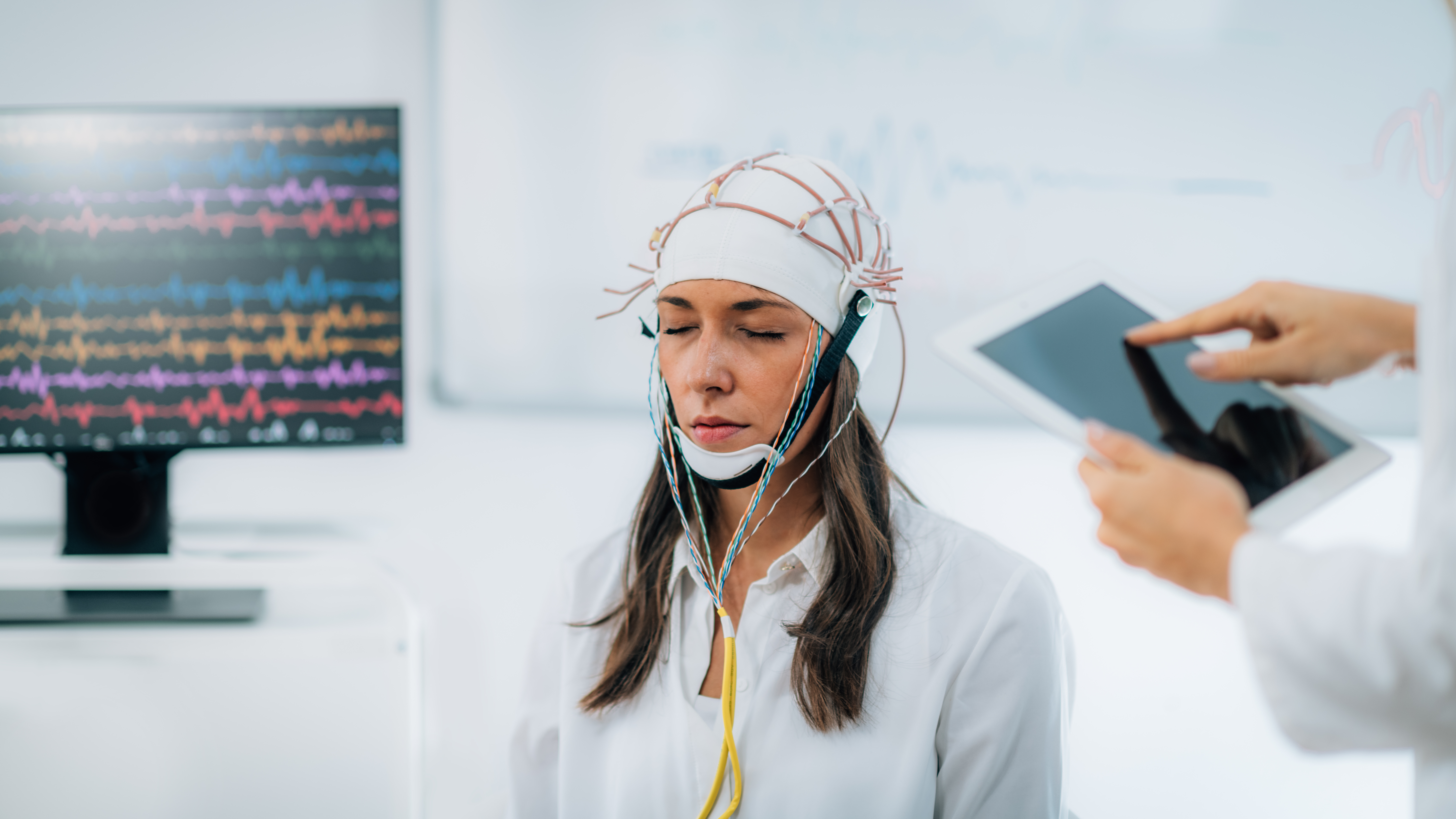
Improved beta oscillation burst detection for assessment of Parkinson’s disease
Unmet Need
Parkinson’s disease is a debilitating ailment, though therapies such as deep brain stimulation via electrodes can improve symptoms. Such therapies rely on feedback from biomarkers to adjust the stimulation parameters. Such biomarkers may include transient increases in activity, for example, bursts of beta oscillations. Unfortunately, existing signal processing methods cannot fully recover clean beta oscillation signals from the broader electrical activity of the brain, leading to imprecise adjustment of stimulation. There is a need for improved signal processing algorithms that can more cleanly detect Beta oscillations and more accurately identify correlated bursts so that existing therapeutic methods can be made more effective.
Technology
Duke inventors have developed a signal processing algorithm that can more accurately detect Beta oscillation bursts that correspond with Parkinson’s disease symptoms. This is intended to be applied to the electrical signals coming from electrodes measuring activity in areas associated with Parkinson’s disease, such as the subthalamic nucleus, the globus pallidus, the motor cortex, the thalamus, or the striatum. Specifically, this signal processing algorithm includes two components: improved thresholding and improved phase analysis compared to the state-of-the-art. The algorithm applies Support Vector Machines, a type of machine learning classifier, to discriminate signal from noise and adaptively determine the best thresholds for filtering signals. Then, the algorithm computes phase analytics such as lag, locking value, beta power, and coherence to detect more reliably important beta oscillation burst events. This was demonstrated clinically in a one-year study involving three Parkinson’s disease patients.
Other Applications
This technology could also be applied to other noisy, time-varying biomarker signals such as EEG, ECoG, EKG, chemical signals, or neurotransmitter levels.
Advantages
- Improved threshold compared to state-of-the-art means better signal to noise ratio
- Improved phase analytics mean more meaningful signals are identified
- Can be applied to other biomarkers